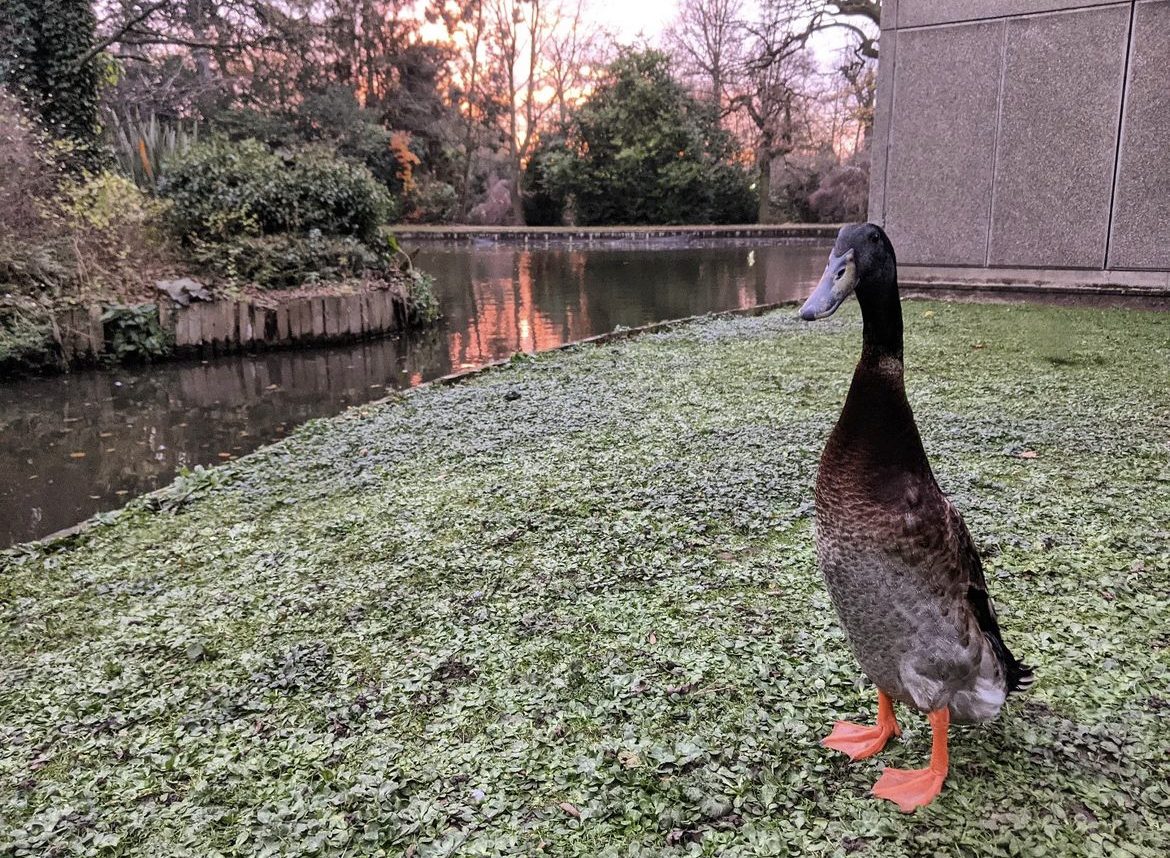Long Boi’s unfortunate demise shed light on the importance of looking after our duck companions.
Long Boi’s origin was a mystery, as are the origins of many of the campus ducks. The emergence of a second, less-long Boi, brought this issue back into the mainstream.
York’s two campuses are home to a plethora of different waterfowl, who have many, many different dedicated Instagram accounts (see @keepingupwiththequackdashians, @Longboiyork, @goldengirl_york).
These campus celebrities are attracted to the University for a number of reasons other than their adoring fans, and there’s a variety of reasons as to why they chose York as their home.
“Originally, there was a set of ducks released on campus, a long time ago… There are a few species that we think are nesting on campus only because of those original introductions”.
Prof. Colin Beale is an ecologist at the University of York, who specialises in conservation patterns and spatial biology, particularly focusing on birds and waterfowl. In conversation with Vision, he enlightened us on the behaviours and origins of campus waterfowl.
Some ducks who were originally released on campus can be seen in their descendents, such as the pochards, a rare nesting bird. These diving ducks are on Birds of Conservation Concern Red list – meaning their place on campus holds great importance.
Other birds are species that “will come to any pond anywhere” such as the mallard duck, and species that were previously introduced have since disappeared.
While the University does not hold records on duck breeds, ecologists such as Colin are able to observe which of them nest, feed and breed on campus.
Colin said that ducks need “somewhere safe from predation” where there is “plenty of food”. Campus provides the perfect space – students and staff happily oblige in keeping them well fed.
Other than that, many species just look for good water with vegetation to hide from predators, and the opportunity to nest.
Estate services play a large role in maintaining the water and the vegetation, through initially designing the lake to ensure that ducks are kept to manageable numbers.
Although they are very cute, this ensures that the waterfowl don’t overrun the campus as in high numbers they are more susceptible to disease. Bird flu is one such disease that globally affects waterfowl. Colin believes Bird flu has already been amongst the campus ducks.
The grounds team do not actively manage the population of ducks, but they do supplement their food during the winter months to keep them well fed and happy.
The Landscape Management Plan does suggest though that the geese population on campus aren’t quite so lucky. To ensure that geese aren’t outnumbering other species (and control the “faecal matter” produced), the University applies to DEFRA for a licence to dip some of their eggs in paraffin which prevents too many geese chicks hatching.
New species come and go to campus as they please.
Long Boi II, the slightly shorter boi who gained fame after Long Boi went missing, is one such duck. Although he only reached internet fame recently, expert Colin confirmed that “he’s been around for a couple of years”.
Long Boi gained more popularity due to him being “more aggressive and more obvious”, but his second iteration unfortunately is not a Long Boi replacement.
Colin speculated that he could be a Long Boi descendent – but this question is yet to be answered for certain.
The reason as to why we see different species in different places has long puzzled ecologists. The question of “why aren’t all species found everywhere?” underpins Colin’s research, especially as the distribution of species has changed in recent years.
Campus is not exempt from changing species – in fact, certain duck and bird species are already arriving due to changing habitats. Cetti’s Warbler is one such species which was present on campus throughout the last year for the first time and probably tried nesting.
But how do we support our waterfowl residents in their changing numbers?
Aside from keeping up the steady stream of good duck food, Colin recommends leaving them alone to nest.
Despite nesting near students and accommodation, this is a stressful time for the waterfowl and they don’t leave the nest until the last minute. Keeping your distance and allowing them to get on with things means they remain happy.
Long Boi left a (tall) duck-sized space in the centre of campus.
But, in his wake, there are so many species still left to discover.
Although why they like the University so much may be puzzling to ecologists and students alike, they sit at the centre of the 1960s architecture as York’s best – and cutest – residents.
